Differences between horticulture and landscaping
Discover the world of differences between horticulture and landscaping and gardening in layman’s words. Both promote green cities and encourage eco-friendly living in local communities. When combined, they protect the natural beauty and cultural legacy of our world.
Introduction:
Horticulture and landscaping combine both “green thumbs” and “creativity”. This journey will reveal the secrets and differences between horticulture and landscaping. Before we go into the details, the first thing to address is why you should care. If you’ve ever wanted to grow your own fruit, create a sanctuary in your backyard, or simply make your garden seem great, this information is crucial.
A brief history of horticulture and landscaping:
Horticulture is as ancient as human civilization itself. Planting has been practiced since prehistoric times, from the Hanging Gardens of Babylon to European aristocracy gardens. This is an old profession with centuries of wisdom and history.
Landscaping is Recent addition to our outdoor environment. It became well-known in the 19th century when famous parks like Central Park in New York City were designed by landscape architects like Frederick Law Olmsted. In today’s landscaping, sustainability, practicality, and magnificent outside environments are just as important as beauty.
Horticulture:
Horticulture is defined as science and capability of growing plants is like the key to the secret garden. Horticulture crops includes fruits and vegetables that are used for medicinal purposes and also include annual, biennial and perennials species. In order to make the greenery flourish, “plant enthusiasts” use their inner wizards here. The “plant whisperers” known as horticulturists are who are knowledgeable on the science of caring for nature’s beauties.
objectives of horticulture:
Encourage the value of horticulture in the following ways: producing food and beautiful plants; creating jobs, frequently in rural regions; enhancing the environment; building and maintaining important sports and recreation facilities; and encouraging gardening as one of the primary hobbies.

Landscaping:
A landscape refers to the features that can be seen from the outside, including man-made features like buildings, walkways, and decorative components as well as natural characteristics like topography, flora, and water bodies. Landscape area also include aspects of water with vegetation in an area.
Objectives of landscaping:
The creation of aesthetically pleasing and useful outdoor spaces is a primary goal of landscaping. Making areas that serve functional needs as well as aesthetic ones is important. For instance, a well planted garden could provide a peaceful haven or a lively setting for social gatherings.
Therefore, landscaping is the key to realizing the full potential of your outside space, whether you’re dreaming of a peaceful backyard, a useful community space, or an attractive front yard. The skill of transforming landscapes into dynamic works of art is that are purposeful and beautiful.
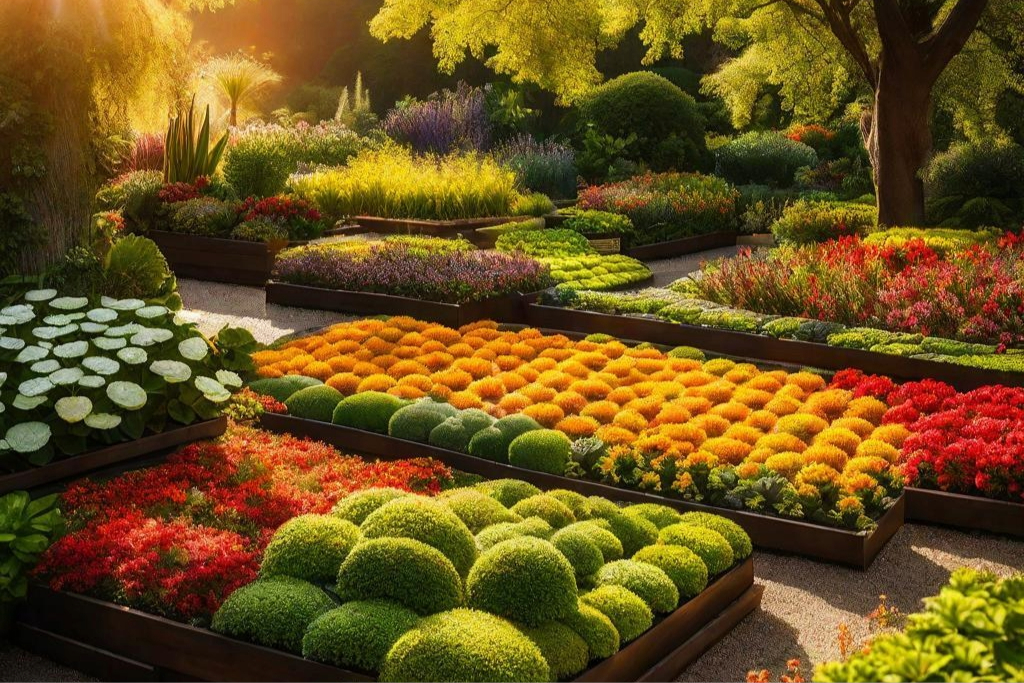
10 differences between horticulture and landscaping:
There are following differences between horticulture and landscaping:
| Aspects | Horticulture: | Landscaping: |
| Focus | Horticulture is the branch of agriculture most importantly focus on the science and art of cultivation of plants and their management, including plants propagation and breeding techniques. | Landscaping primarily focuses on the science of visually appealing crafting of outdoor spaces, combining man-made and natural elements. |
| Application | Expands to botanical research, conservation of endangered plants species and crop management in agricultural sector. | Landscaping used for the urban area transformation, public parks, Residential Gardens, emphasizing the creation of aesthetically pleasing and functional environment. |
| Distinct techniques | Horticulture integrates advanced level of farming technologies such as hydroponic system to enhance crop yield and quality, genetically modifications and precision agriculture. | Landscaping uses innovative design tools like eco-friendly irrigation system to create sustainable and harmonious outdoor environments, sustainable materials and 3D modeling software. |
| Maintenance | Horticulture necessitate seasonal adjustments to ensure optimal growth and productivity and regular monitoring of plant health, disease prevention. | it requires landscape management like seasonal adjustments to preserve the visual appeal and functionality of outdoor spaces throughout the year and also include pruning, irrigation system maintenance. |
| Educational routes | It involves in sustainable farming practices, often emphasizing the development of new varieties of plants and also in extensive training in botany and genetics. | Requires deep understanding of the integration of sustainable materials in outdoor architecture and also provide understanding of landscape design principles, environmental psychology. |
| Cultural expressions | It plays most important role in celebrating the cultural implications of certain plant species through festivals and community events and preserving traditional agricultural practices. | It reflects design aesthetics and cultural values through the integration of regional landscaping styles, indigenous plant selections, and the incorporation of cultural motifs in outdoor design. |
| Eco-challenges | It tackles climate adaptation in crop cultivation, sustainable farming practices to reduce the effects of climate change and nurture the development of resilient crop varieties. | Landscaping suggested for sustainable urban development, renewable energy solutions, and eco-friendly landscaping practices to mitigate the environmental impacts of urban growth and development. |
| Purposeful roles | Horticulture assure biodiversity preservation and food security, contributing to the preservation of ecological balance on a global scale. | Landscaping promote community engagement, and increases property values, and fosters a sense of well-being through the thoughtful design and arrangement of outdoor spaces. |
| Environmental tackle | It addresses issues such as water conservation, soil erosion and sustainable pest management to minimize ecological impressions and preserve natural resources. | It focuses on native plant species to promote biodiversity and reduce the effects of urbanization on the ecosystem, and sustainable land use planning, incorporating elements like rain gardens, green roofs. |
| City dynamics | It helps to promote sustainable urban farming, intermingle green spaces into urban settings to promote food security and enhance environmental sustainability. | it expands green infrastructure and sustainable design practices, the creation of livable and eco-friendly cityscapes. contributing to urban resilience. |
Similarities between horticulture and landscaping:
Similarities between horticulture landscaping are as follows:
| Aspects | Horticulture and landscaping |
| Aesthetic focus | In order to produce visually striking outdoor landscapes, both landscaping and horticulture place a strong emphasis on the utilization of focus points, colour coordination, and spatial layout. |
| Tools and techniques | To improve plant health and outdoor space management, horticulturists and landscape experts frequently use cutting-edge methods including hydroponics, integrated pest management, and automated landscape maintenance systems. Combining cutting-edge technologies with comparable tools—such as soil analysis, irrigation systems, and pruning shears—to increase productivity and efficiency in both domains. |
| Creative design elements | Enthusiasts of horticulture and landscaping frequently incorporate artistic interpretations with practical design elements. They do this by incorporating elements such as natural stone pathways, eco-friendly sculptures, and displays of ornamental plants to create visually stunning outdoor environments. |
| Health and wellness benefits | By establishing accessible green spaces, community gardens, and engaging outdoor environments that promote active lifestyles, stress reduction, and an overall improvement in quality of life, horticulture and landscaping help to promote mental well-being, physical health, and emotional stimulation. |
| Sustainable growth and development | By strategically integrating green areas, rooftop gardens, and vertical landscapes that improve urban resilience and promote a more sustainable and livable cityscape, both fields play a critical role in reducing the negative effects of urbanization. These issues include air pollution and environmental degradation. |
Conclusion:
Differences between horticulture and landscaping are available in the world of vegetation. Landscape design is the art of enhancing the beauty of the outdoors, whereas horticulture is all about cultivating and mastering plant life. Both provide distinct journeys, and you can even combine them to create a more complete experience. You are in charge of making the decision, guided by your passion and desire to mold the surroundings are green. Whatever route you choose, keep in mind that landscaping and horticulture both aim to beautify outdoor areas. Your eco-adventure is waiting!

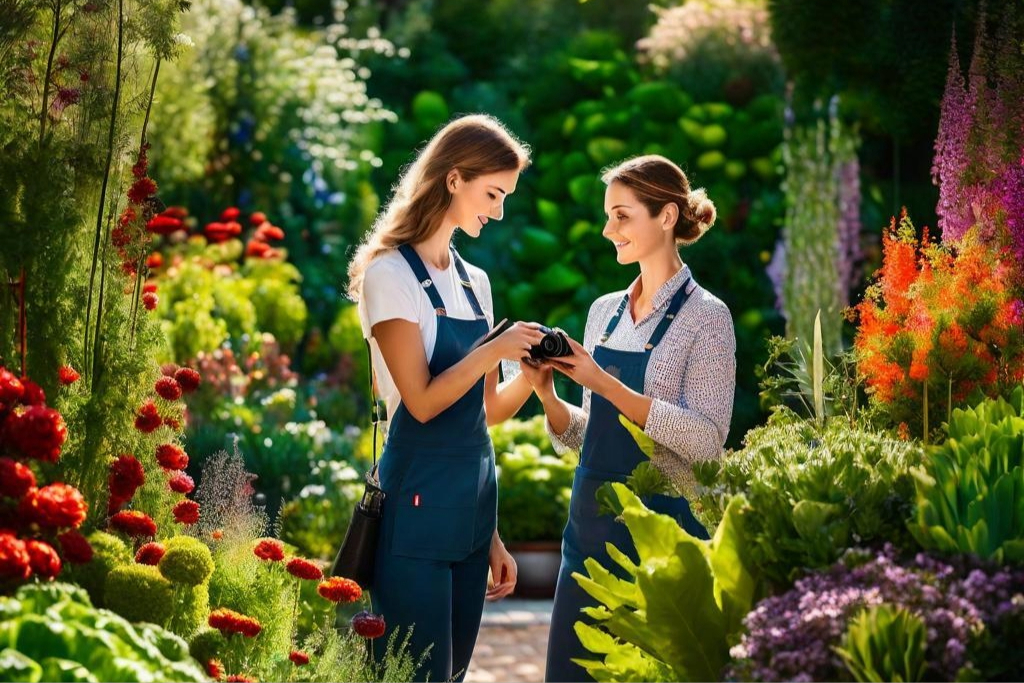
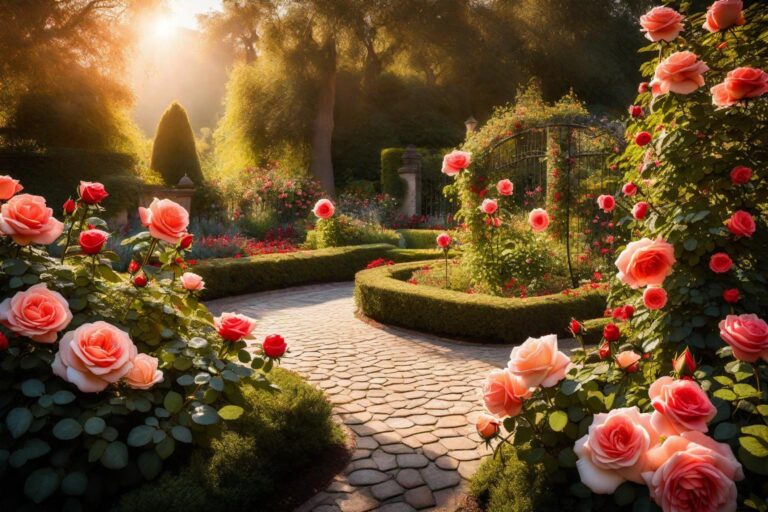
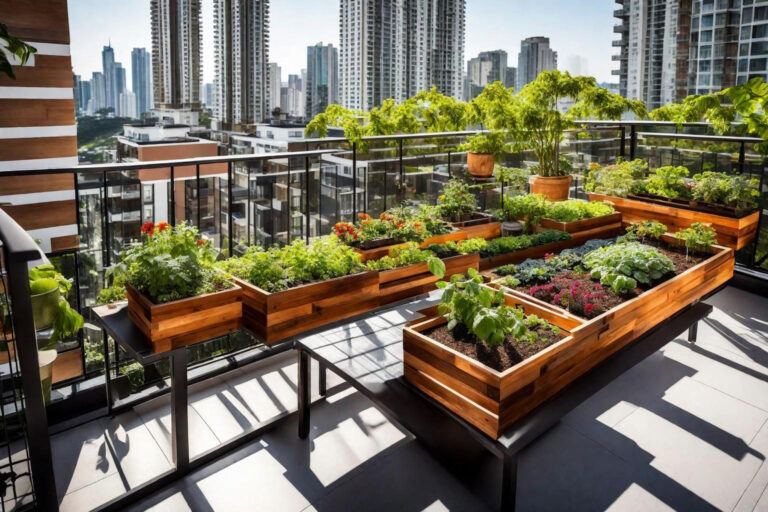

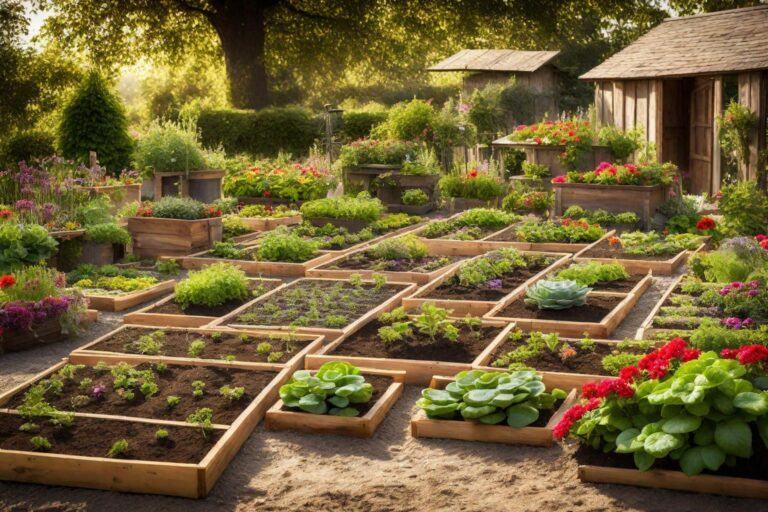


2 Comments